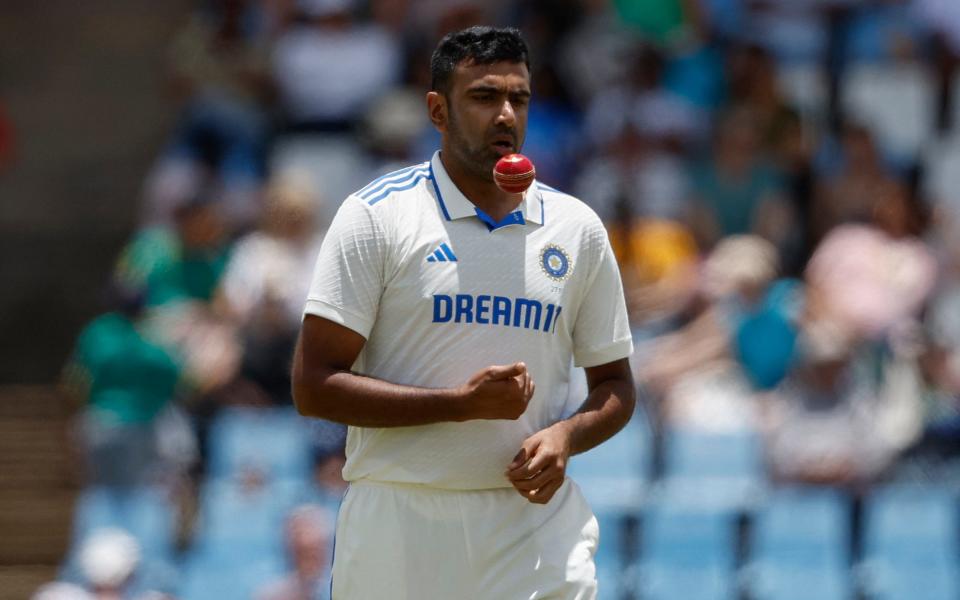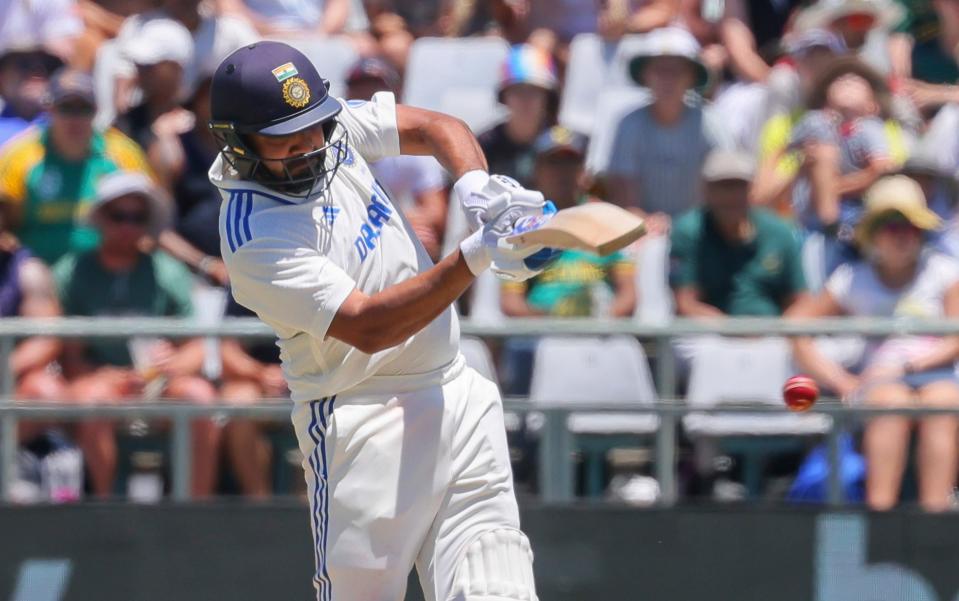This is tougher than touring Steve Waugh’s Australia or Clive Lloyd’s West Indies: that is the challenge that awaits England in the coming weeks..
During their glorious period from 1980-95, the West Indies played 48 Tests at home; They won 28 and lost only four. Between 1995 and 2007, the years of hegemony, Australia played 71 home tests, winning 54 and losing 6. India have won 36 Tests at home since 2013 and lost only three; That’s a better win/loss ratio than the West Indies or Australian teams mustered on home soil during their glory periods. Since England’s stunning victory in 2012, India have won 16 consecutive home series.
India won 33 per cent of home tests during this period by an innings, while the West Indies’ 1980–95 team won 10 per cent of home tests by an innings, while Australia’s 1995–07 team won 23 per cent. At home, India are overwhelming all comers with a regularity unmatched in Test history.
Best cheat code
Building a cricket side is essentially an exercise in managing trade-offs. Will you pick the extra batsman or the extra bowler? Is there an attack built around seams or spin?
With Ravichandran Ashwin and Ravindra Jadeja at home, India are immune from such unpleasant questions. The duo are among the best spinners India has ever produced, spinning the ball in opposite directions; Jadeja is easily good enough to get into the top six and Ashwin has five Test hundreds. If there was an Indian Premier League-style Test franchise league based on the subcontinent, Ashwin and Jadeja would be the top two choices for their skill set and the balance they provide. Playing both together, India has enviable batting and bowling depth at the same time.


At home, Ashwin averaged 28 with the bat and took 337 wickets at 20.9; Jadeja averages 39.8 with the bat and has 194 wickets at an average of 20.5. In their 40 home Tests together, the duo took 428 wickets (almost 11 wickets per match) at 20.9 apiece. No wonder India lost only two of these matches.


But even Jadeja’s injury could provide little relief; Remarkably, India fielded a similar bench player who could play as the third specialist spinner. Axar Patel, another tall left-arm spinner who bowls with good pace, took 27 wickets at 10.6 when he toured England three years ago; He hit three half-centuries in five innings against Australia last year, but struggled with the ball.
India’s strong seam attack
In 1974, at the age of 15, Kapil Dev attended a coaching camp in India. At lunch, Kapil complained about being served only two dry chappatis and a spoonful of vegetables for lunch: A cricketer must be well-fed to bowl fast, he thought. “There are no fast bowlers in India,” said the Indian board official at the camp.
India now have one of the most poisonous pace attacks in the world and are adept at exploiting any seam move. Consider what happened in their last Test match in Cape Town three weeks ago. South Africa struck first on a wicket with plenty of grass; They were bowled out for 55 before lunch and then 176 in their second innings. Mohammed Siraj took 6 for 15 in the first innings and Jasprit Bumrah took 6 for 61 in the second innings. England will meet both in Hyderabad. Later in the series, Mohammed Shami should also join them after he recovers from injury: a master bowler and a reverse-swinger with his upright seam, he averages 22.1 points in home tests.
Batsmen dominate at home


While Test players are often at their best in unfamiliar conditions, India’s best players have particularly outstanding records at home. Both Rohit Sharma and Virat Kohli (who will miss the first two Tests) average over 60 in Tests in India. Kohli’s record shows how the difficulty of facing India is magnified. He averages 33.7 away against England and occasionally struggles with his swing and seam movements. However, against England in India, Kohli’s average is 56.4.
The performance of rival players is low here
Naturally, given the challenges they face, the performance of leading overseas players is much worse in India. For England, Ben Stokes averaged four more overall in India, Jonny Bairstow averaged six and Ollie Pope averaged just 19.1 in 2021, when England cooled off when it came to turning wickets in the last three Tests. Joe Root stands out as a rare batsman in world cricket who has maintained his overall average (50) in India. Steve Smith, who scored three centuries in India in 2017, scored seven fewer centuries than the overall average in India; Kane Williamson’s Test average of 54.4 drops to 33.5 in India.
Diversity of conditions
Despite the focus on spin in India, the challenge of touring the country is so great due to the variety of conditions that await: pace, bounce and heat vary significantly between grounds. The height will create a new complication in the fifth Test in Dharamsala, which is usually a more seam-friendly ground.
All this means that visiting parties are prone to misreading conditions. During the day-night test in Ahmedabad, England, three years ago, the idea that the pink ball would help the seam was tempting; They picked four fast bowlers, but Joe Root got 5-8 with off spin and India took 19 wickets with spin in their crushing 10-wicket victory. This was a repeat of England’s mistake in Kolkata in 1993 of selecting only a specialist spinner due to misplaced confidence in the seam.
While seam is vital in India – James Anderson has 34 wickets at 29.32 here, including a starring role in three Test victories – touring teams are more likely to make mistakes by choosing too much pace rather than too little. The quality of India’s batting against spin is one that spinners can also struggle with. Overseas leg-spinners, even Shane Warne, have a poor record in India, where pitches reward bowling with a bit more pace, as Rehan Ahmed can do.
In their quest to balance their sides, touring teams often dawdle in selecting supporting players: men who can contribute a few extras and perhaps contribute to lower grade runs, but ultimately fail to do either job well. When England lost 4-0 in 2016, Zafar Ansari and Chris Woakes fit this description.
One of the lessons we learned from this year’s tour of Australia, where they fought valiantly to a 2-1 defeat, is to rely on quality. Australia selected Todd Murphy as their second off-spinner alongside Nathan Lyon over Ashton Agar, a much better batsman and left-arm spinner but a less talented bowler; Murphy took 7-124 in his first match and averaged 25.2 in the series. When Australia won in Indore, the fifth bowler bowled only two overs and made a total of six runs on figures of 8-11. But the lack of secondary skills didn’t matter because the batsmen and bowlers were doing their jobs.
Without the luxury of Ashwin and Jadeja, no side will have the batting and bowling depth India desires. Touring parties would be wiser to embrace specialist skills rather than compromise on selection in search of a utopian balance that does not exist.